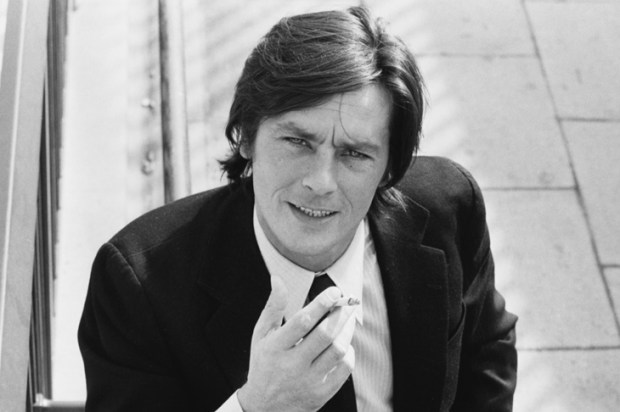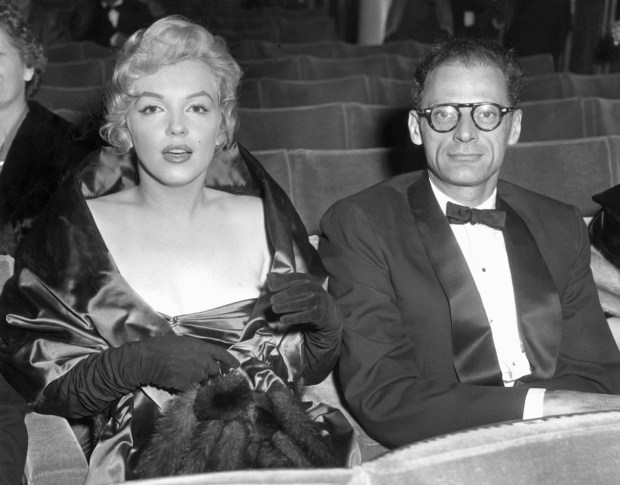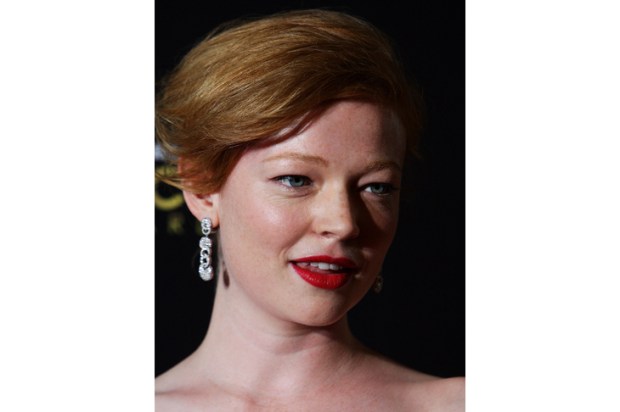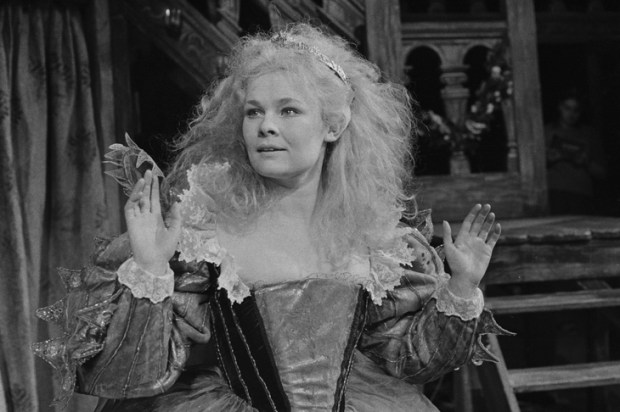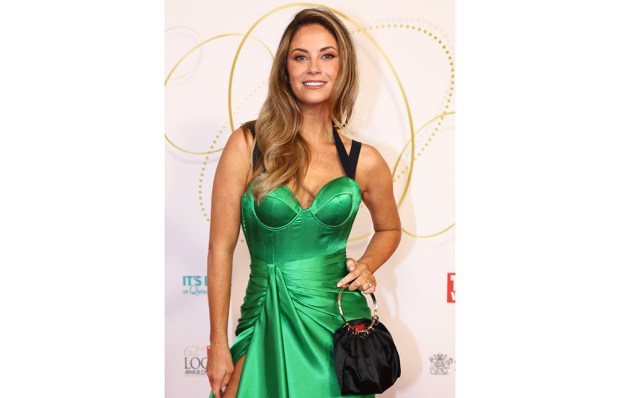The prospect of a revival of Rudolf Nureyev’s Don Quixote by the Australian Ballet in Melbourne is a reminder of that long-ago moment when the greatest male dancer on earth conceived of this role for himself and Robert Helpmann, that extraordinary actor-dancer, played the character role of the Don. We have the film of what Nureyev and Helpmann did together and the current revival is very much in that tradition.
It’s strange to think, though, that there’s a sense in which Helpmann and Nureyev were both actors who happened to express themselves in dance. That was striking with the brooding beautiful Russian because he was riveting for anyone to watch even if they had absolutely no sense of the footplay of the ballet so that husbands who had been dragooned into taking their wives would find themselves captivated by this lord of the dance who died so tragically of Aids.
In the latter days of his life, Nureyev ran the ballet at the Paris Opera but he also brought his own kind of majesty to Rodgers and Hammerstein’s The King and I in that old Yul Brynner role of the Thai king. There was something starkly moving about the idea of an artist of such breathtaking prowess singing ‘Shall We Dance?’ and then demonstrating the remembered shadow of his mastery.
It’s also a reminder of how much closer high culture was to popular taste. In 1964 when Channel 0 (which changed into Channel 10) opened on a Saturday night the whole country gazed enthralled, or simply gaped, as the great Margot Fonteyn partnered Nureyev in Swan Lake animating with their magic those old black-and-white TV sets. The Australian Ballet needs to be supported because it’s still the institution that established this degree of centrality by aspiring to be a world-class company.
And God knows Helpmann was, with bells on, an actor and man of the classical theatre as well as a great dancer: he toured Australia in Shakespeare with his old mate Katharine Hepburn and he directed Richard Burton as Coriolanus and alternated with Paul Scofield as Hamlet. You can still get a recording of him bringing his residually Australian tones to the role of Oberon the king of the fairies in A Midsummer Night’s Dream saying to Moira Shearer, ‘Ill met by moonlight, proud Titania.’ And she is with him in two of the greatest films ever made, Red Shoes and The Tales of Hoffmann which are, of course, dance films. Red Shoes in particular tends to be on lists of the ten greatest films ever made.
Does it make sense that Australia, a great sporting nation, should also excel at ballet? Perhaps it does, or perhaps it’s just the foresight of the people who had the brains to establish the ballet like Peggy van Praagh but it does tally in a weird way with the fact that – while ballet is a predominantly female choice – women also have an equal interest in tennis and AFL.
The revival of the Nureyev Don Quixote retains the spectacularism of the original which it’s worth remembering was a ballet production at the Palais before it was a film. The sets, which derive from the original stage picture of Barry Kay, albeit adapted by Richard Roberts, are seductive in their colour and grandeur even if they crowd the eye a bit. But this production had the Millennial ballet fans we know hallooing in rapture and Ako Kondo is bewitching as the innkeeper’s daughter and she is very ably matched step for step and blow for blow by Chengwu Guo – a partnership it seems made in heaven.
Dominating proceedings is Adam Bull who brings formal intensity as well as a credible power of feeling to the figure of the wandering knight. He’s not Helpmann –let alone Nureyev – but he can use his own bewilderment as a passport to all manner of poignancy and this shows that he too is an actor-dancer of the first rank. Traditions do not come from nowhere and the way this Don Quixote harks back to a production of ideal pageantry and poignancy is evidence of what an immense investment in the viability of dance the establishment of the Australian Ballet was. We forget somehow how much the shadow of the highest art touches its popularisation. Don Quixote, that send-up of an adventuring epic, is arguably the first long work of narrative which justifies every jot and tittle of its execution in aesthetic terms which are at the same time dramatic and artistically deliberate at every point.
The whole of Europe read Cervantes’ Don Quixote as if for all the warring factions of Catholics and Protestants there was a single shared culture – call it Western if you must – that was calling the shots of the laughs raised and the tears dropped and they knew – as surely as they knew when they glimpsed the work of Michelangelo and Cervantes and the rest of them – that they were witnessing the rebirth of a staggering thing that seemed to blow like the breath of God when they came upon Don Quixote. It was partly that he was delusional, that he was a Great Fool – and the dramatic literature of the age is only a step away from allowing the Fool to be centre stage (think of everyone from Lear’s wisecracker to that melancholy delusional, so piteously absurd, Malvolio) – and Cervantes did that with a flick of the pen, a toss of the inkpot that lasted 600 pages. Shakespeare read Don Quixote and the characterisation affected his portrayal of his high-flown dopey knight Don Armado just as his missing play Cardenio seems based on an episode from Don Quixote. It’s fascinating too that the first translation of the book – by the Irishman Thomas Shelton, Volume 1 in 1612 when Shakespeare was still alive – was put on the English stage in the 1980s and to everyone’s surprise the stately flavoursome prose sounded to all the world like blank verse. Why shouldn’t it? Think of Hamlet’s prose in ‘Alas, poor Yorick’ and ‘What a piece of work is man’. The production had the advantage of Paul Scofield as the Don. It’s a rather wondrous thing that this knowledge lives in the physical memory of a dancer like Adam Bull.
Got something to add? Join the discussion and comment below.
You might disagree with half of it, but you’ll enjoy reading all of it. Try your first month for free, then just $2 a week for the remainder of your first year.


